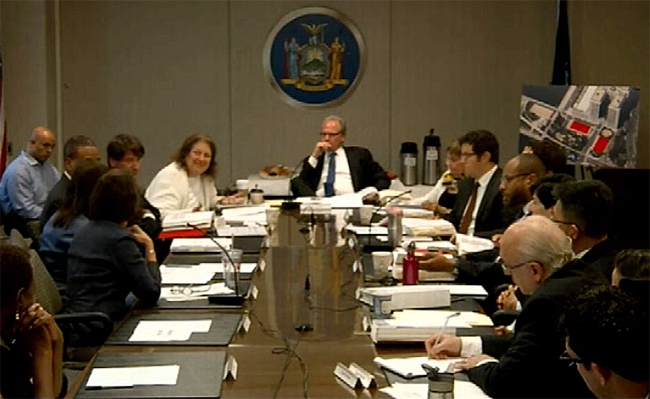ESD leaves door open to new environmental review of Pier 6 development
Questions raised about Brooklyn Bridge Park's Technical Memo

Directors of the Empire State Development Corp. (ESD) left the door open to consideration of a Supplemental Environmental Impact Statement (SEIS) for the Pier 6 development planned in Brooklyn Bridge Park, at an ESD directors meeting in Manhattan on Thursday.
Their probing questions and discussion of a new, updated environmental study gave heart to representatives of community groups, officials and local residents who testified for more than an hour that an SEIS should be required in light of the exploding development, overcrowded schools and changed conditions in Brooklyn since the original EIS was issued 10 years ago.
ESD directors discussed the procedure involved in preparing an SEIS, and made it clear that community comments regarding the topic could be raised at an upcoming hearing designed to elicit comment about a different issue: whether or not the park can change its General Park Plan (GPP) to allow affordable housing to be built into the controversial two-tower Pier 6 project.

Brooklyn Heights
View MoreRead the Brooklyn Height's Press and Cobble Hill News. Find out more about Brooklyn Height's History here.